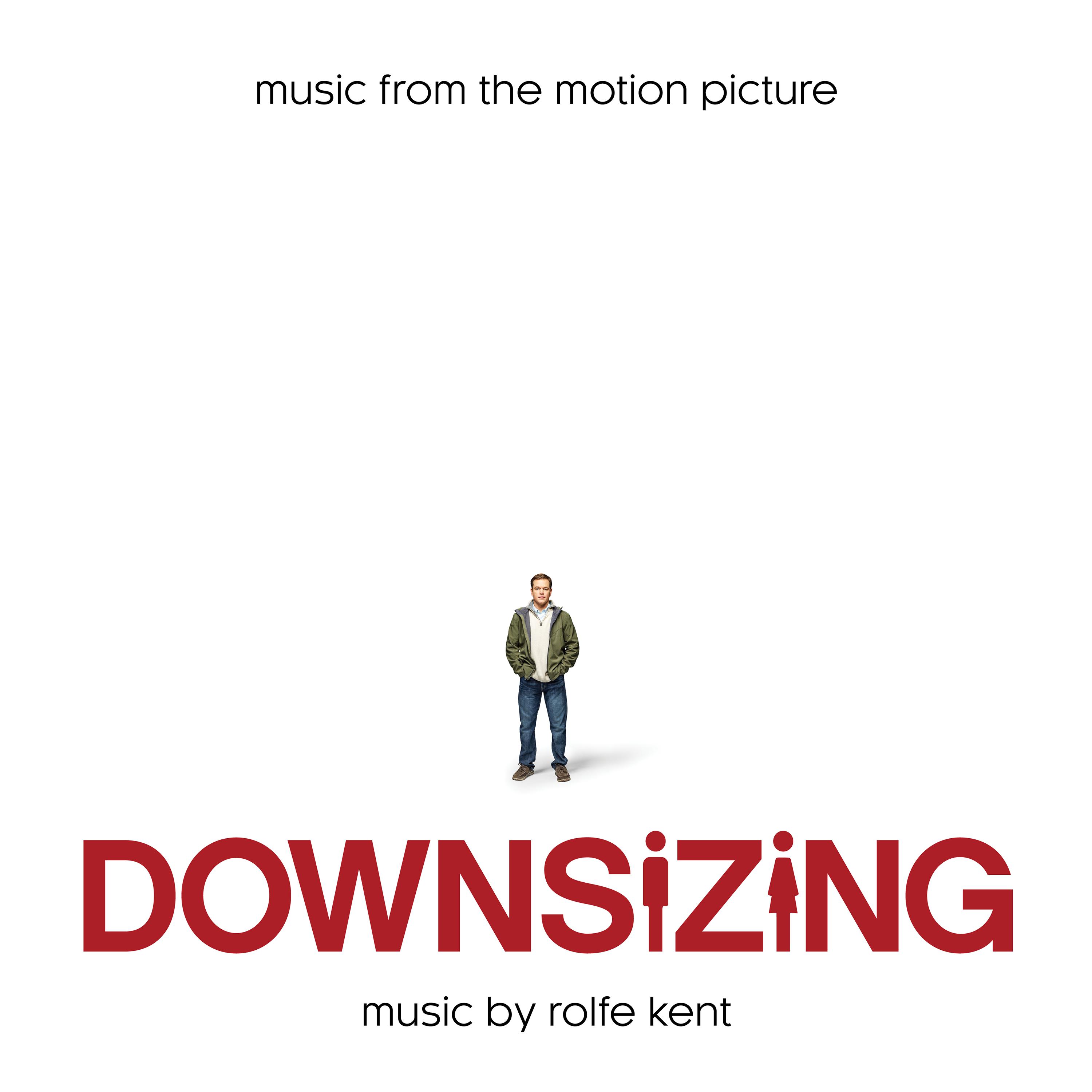Insights from the Senior Loan Officer Opinion Survey: Understanding Trends and Impacts on the Lending Market
#### Senior Loan Officer Opinion SurveyThe **Senior Loan Officer Opinion Survey** (SLOOS) is a crucial tool used by financial institutions and policymakers……
#### Senior Loan Officer Opinion Survey
The **Senior Loan Officer Opinion Survey** (SLOOS) is a crucial tool used by financial institutions and policymakers to gauge the lending landscape. Conducted quarterly by the Federal Reserve, this survey collects insights from senior loan officers regarding their lending practices, credit standards, and demand for loans. The findings from this survey provide a comprehensive overview of the lending environment, helping stakeholders make informed decisions.
#### Understanding Lending Trends

One of the primary objectives of the Senior Loan Officer Opinion Survey is to identify trends in lending practices. The survey asks loan officers about changes in their lending standards, the demand for loans, and the overall economic outlook. By analyzing these responses, researchers can identify patterns that may indicate shifts in the economy. For instance, if a significant number of loan officers report tightening their lending standards, it may suggest a more cautious approach to lending due to economic uncertainties.
#### Impact on Borrowers
The results of the Senior Loan Officer Opinion Survey have direct implications for borrowers. When loan officers indicate that they are easing credit standards, it typically means that it may be easier for individuals and businesses to obtain loans. This can lead to increased borrowing, which can stimulate economic growth. Conversely, if the survey results show a trend toward stricter lending standards, potential borrowers may face challenges in securing financing, which could slow down economic activity.
#### Policy Implications
Policymakers closely monitor the findings of the Senior Loan Officer Opinion Survey to assess the health of the financial system and the broader economy. For instance, if the survey indicates a decline in loan demand or an increase in credit tightening, it may prompt policymakers to consider measures to stimulate lending, such as lowering interest rates or implementing quantitative easing. Conversely, if the survey shows robust lending activity, it may signal confidence in the economy, leading policymakers to maintain or even tighten monetary policy.
#### Conclusion

In conclusion, the Senior Loan Officer Opinion Survey serves as a vital barometer for understanding the lending landscape. Its insights help various stakeholders, including borrowers, financial institutions, and policymakers, navigate the complexities of the financial market. By keeping an eye on the trends revealed in this survey, individuals and organizations can better prepare for the future, ensuring they make informed decisions in an ever-changing economic environment. Understanding the nuances of the SLOOS can provide a competitive advantage, whether one is seeking a loan, managing a financial institution, or crafting economic policy.